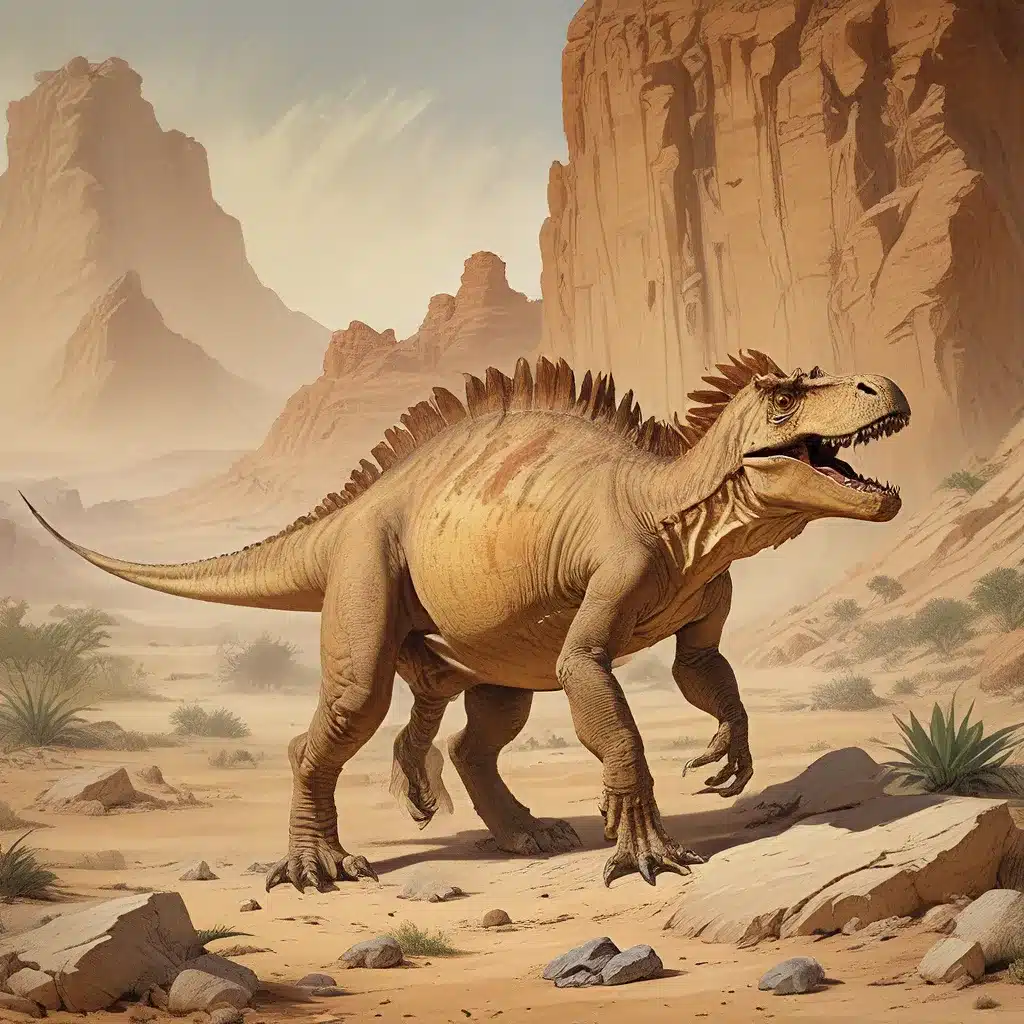
The Mystery of the Feathered Serpent
The Feathered Serpent has captivated the imaginations of scholars and enthusiasts alike, with its enigmatic presence woven throughout the ancient civilizations of Mesoamerica. From the towering pyramids of Teotihuacán to the intricate codices of the Maya, this iconic symbol has left an indelible mark on our understanding of the past.
Tracing the origins of the Feathered Serpent reveals a rich tapestry of cultural exchange and religious syncretism. The earliest known depictions of this divine figure date back to the Olmec culture of the first millennium BC, where a serpent motif was prominently featured in their iconography. As Mesoamerican civilizations rose and fell, the Feathered Serpent continued to evolve, taking on new forms and associations.
In the Aztec pantheon, the Feathered Serpent was known as Quetzalcoatl, a deity linked to wind, Venus, and the creation of mankind. Quetzalcoatl was not only a revered god but also a priestly title, held by the two most important priests of the Aztec Templo Mayor. The Toltec people, meanwhile, associated the Feathered Serpent with rulership and military prowess, using it as an emblem and military title.
Across the Maya world, the Feathered Serpent was known by various names, such as Kukulkan and Gukumatz, each reflecting the unique cultural and linguistic traditions of the region. Iconographic depictions of the deity often emphasize its connection to the sky, Venus, and the cyclical nature of existence, as seen in the intricate artwork of sites like Chichén Itzá and Copán.
Decoding the Sacred Texts
Unraveling the mysteries of the Feathered Serpent requires a deep dive into the sacred texts and codices left behind by these ancient civilizations. The Codex Chimalpopoca, for example, provides a vivid account of Quetzalcoatl’s personal history, including his coercion by the deity Tezcatlipoca and his subsequent self-immolation, transforming into the morning star.
Other texts, such as the Florentine Codex, offer insights into the Aztec’s perception of the Feathered Serpent’s role in the creation of mankind. According to these accounts, Quetzalcoatl descended into the underworld, Mictlan, to retrieve the bones of previous generations, which he then imbued with his own blood to give rise to a new era of human life.
Deciphering the nuanced symbolism and complex narratives within these ancient codices is no easy task. Scholars must contend with the challenges of translation, cultural context, and the inevitable biases that crept into the accounts written during the colonial era. The Lost Kingdoms team has dedicated countless hours to unraveling these intricate puzzles, piecing together a more comprehensive understanding of the Feathered Serpent’s role in Mesoamerican cosmology.
Interpreting the Archaeological Evidence
Alongside the textual sources, the archaeological record has provided invaluable insights into the Feathered Serpent’s cultural significance. Monumental structures like the Quetzalcoatl Temple in Teotihuacán and the Pyramid of Kukulkan in Chichén Itzá stand as testament to the deity’s centrality in these ancient societies.
Excavations at sites like Xochicalco have uncovered stunning depictions of the Feathered Serpent intertwined with imagery of seated, armed rulers and the hieroglyph for the day sign “9 Wind” – a date associated with fertility, Venus, and warfare in Mesoamerican belief systems.
These material artifacts offer a tangible connection to the rituals, beliefs, and power structures that revolved around the Feathered Serpent. By carefully analyzing the iconography, architectural features, and spatial arrangements of these sites, researchers can piece together a more nuanced understanding of the deity’s role in shaping the religious, political, and economic landscapes of these ancient civilizations.
Unraveling the Quetzalcoatl-Cortés Connection
One of the most enduring and controversial aspects of the Feathered Serpent’s legacy is its perceived connection to the Spanish conquistador Hernán Cortés. The notion that the Aztec Emperor Moctezuma II initially believed Cortés to be the returning Quetzalcoatl has become a persistent, if questionable, historical narrative.
Scholars have long debated the validity of this claim, with some arguing that the Quetzalcoatl-Cortés link was a post-conquest invention, crafted by Spanish chroniclers and Franciscan missionaries to legitimize the conquest. Matthew Restall, a leading expert on the Aztec Empire, has emphasized that the speech attributed to Moctezuma welcoming Cortés as a divine figure may have been a rhetorical device to assert Aztec superiority, rather than a genuine belief in Cortés as Quetzalcoatl.
Other historians, such as David Carrasco, have maintained that the Quetzalcoatl legend did play a significant role in the Spanish conquest, contributing to the Aztec Empire’s downfall. Regardless of one’s position on this contentious issue, the enduring legacy of the Quetzalcoatl-Cortés connection highlights the complex interplay between the sacred and the secular in the colonial encounter.
Tracing the Feathered Serpent’s Influence
The cultural and religious significance of the Feathered Serpent has endured long after the fall of the great Mesoamerican civilizations. Its influence can be seen in the continued reverence for Quetzalcoatl among contemporary indigenous communities, as well as its prominence in various artistic and literary works.
From the fantastical depictions in the Marvel Cinematic Universe to the haunting folk songs of The Mountain Goats, the Feathered Serpent continues to captivate the imaginations of modern audiences. Some scholars have even speculated about the possibility of advanced civilizations predating modern humans, drawing parallels to the Feathered Serpent’s association with technological development and cultural sophistication.
As researchers delve deeper into the archaeological and textual evidence, the Feathered Serpent’s enduring legacy continues to evolve, challenging our understanding of the past and inspiring new perspectives on the human experience. The Cretaceous Codices, though long-buried, hold the power to unlock the secrets of vanished civilizations and the divine beings that captivated their imaginations.


